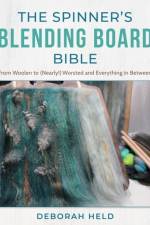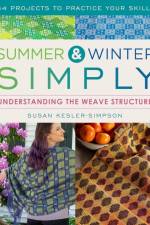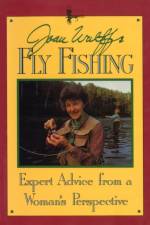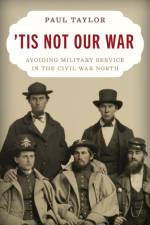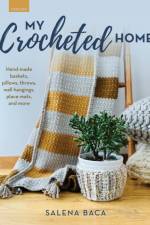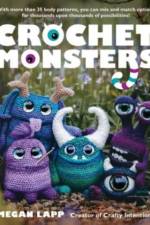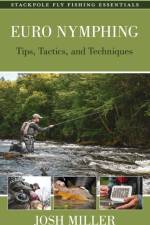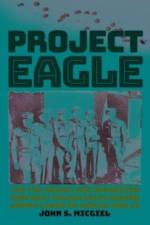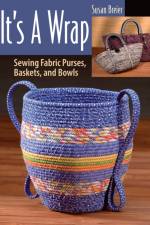av Joseph T. Molyson Jr.
347
D-Day, June 6, 1944, was one of the largest and most complicated undertakings in military history. During the first twenty-four hours of Operation Overlord, the Allies landed some 150,000 men by sea and air, secured a beachhead in France, and began the campaign that would liberate Western Europe and help defeat the Third Reich eleven months later. How did the Americans and British lay the groundwork for this massive and momentous invasion?In Air Battles Before D-Day, Joseph Molyson charts the year-long effort that made D-Day possible. By May 1943, the tide of the Battle of the Atlantic had turned toward the Allies, opening up the flow of American men and materiel (including vital landing craft) to Britain and accelerating the buildup required for the invasion. It also enabled the ramping up of the ongoing bombing of Germany-the British at night, the Americans by day-to destroy its industrial base, weaken civilian morale, and damage the Luftwaffe's ability to take to the skies and defend against the invasion. As D-Day approached, aerial attacks began to target roads and railways in France. Under the direction of commanders including Dwight Eisenhower, Bernard Montgomery, and Carl Spaatz-who didn't always see eye to eye-planners pieced together the jigsaw puzzle of amphibious landings, airborne drops, naval support, air attacks, and intelligence, the last of which included a fictitious army group under George Patton.In Molyson's telling, the air campaign is the centerpiece of Allied efforts before D-Day, the essential foundation for success on June 6 and after, but his narrative connects all the events that preceded "the longest day" and covers the Germans' Atlantic Wall, Erwin Rommel's barrier of pillboxes, beach obstacles, and artillery that stood in the Allies' path. Air Battles Before D-Day is essential reading for understanding the greatest operation of World War II.




